By Bud Hyland
Today’s Navy SEALs (for Sea, Air, and Land special warfare experts) have a history shrouded in secrecy. Commissioned in 1962, they are the most elite shore-area Special Forces in the world, concentrating on very select and often-clandestine intelligence gathering and precision strike missions. For over 50 years it was assumed that the origin of the Navy SEALs was the Naval Combat Demolition Units (NCDUs) and Underwater Demolition Teams (UDTs) of World War II. In reality, the Navy’s special warfare activity started in August 1942 with the Amphibious Scouts and Raiders.
The need for U.S. amphibious capabilities arose in the late 1930s when the U.S. military began to anticipate large-scale amphibious landings in Europe. With little experience in this area, the military initiated a series of practice operations to assess the feasibility of such landings. In 1941 they formed a Joint Training Force staffed by the three services—Army, Navy, and Mar- ines. In March 1942, the JTF established an Amphibious Boat School at Solomons, Md., to train crews as small craft operators. Because participants had to be physically fit, planners looked for persons with athletic backgrounds. All had played college or professional sports, mostly football. The group was headed by boxer Gene Tunney and became known as “Tunney Fish.”
As their experience improved and landings seemed achievable, planners realized that for amphibious warfare to be successful, attackers would need all possible information about the beach-landing objectives, submerged obstacles, hydrographics, and the regions just inland from the beaches. An Intelligence Section set up under the JTF was given the job of developing an amphibious reconnaissance capability, with its first mission to be in North Africa.
The Father of Naval Special Warfare
Intense training for the new amphibious reconnaissance group, called the Amphibious Scout and Raider School (Joint), began in the summer of 1942 at Little Creek, Va. Among the first 10 volunteers was the typical 6-foot-2, 220-pound Phil Bucklew, who would go on to become known as the “Father of U.S. Naval Special Warfare.”
Next, 40 sailors from the Solomons Boat School were transferred in. They were told that they had just volunteered for the Scouts and Raiders (S&Rs), which no one had ever heard of. In fact, few learned of this secret unit until after the war. The focus of training for the first S&R class was recognizing landmarks and silhouettes ashore at night (because at that time the Army preferred night landings), judging distances, and navigating in the dark from scout boats. They also had courses in signaling, communications, hand-to-hand combat, and stealthily swimming to and traversing a beach.
The first Allied landings in the European Theatre of Operations were on the northwest coast of Africa, Operation Torch. S&R crews were assigned scout boat duties, including reviewing beach intelligence data, making pre-landing reconnaissance runs, and guiding landing craft to the beaches. Problems there were aplenty: fleet communications, coordination among ships, missed rendezvous points, and timing of scout boat launchings. Despite these, the operation was considered a military success. Thus convinced of the importance of the Scouts and Raiders, the Navy authorized their further development and also recommended moving the training to a location with more suitable weather.
The spot picked was at Ft. Pierce, Fla. The S&Rs went there at the same time as the Navy decided to make Ft. Pierce its Amphibious Training Base (ATB). It was thus commissioned on January 26, 1943.
The S&R School was headed by two naval officers, and staffed by a mixture of Navy and Army personnel. They directed rigorous physical training, including self-defense, seamanship, gunnery, radio operations, and beach reconnaissance. The men learned the use of .50-caliber machine guns operated from the landing craft. They also became rubber boat experts. Each had to be prepared to land special groups or agents on enemy shores, rendezvous with agents or submarines, and receive and relay vital intelligence information.
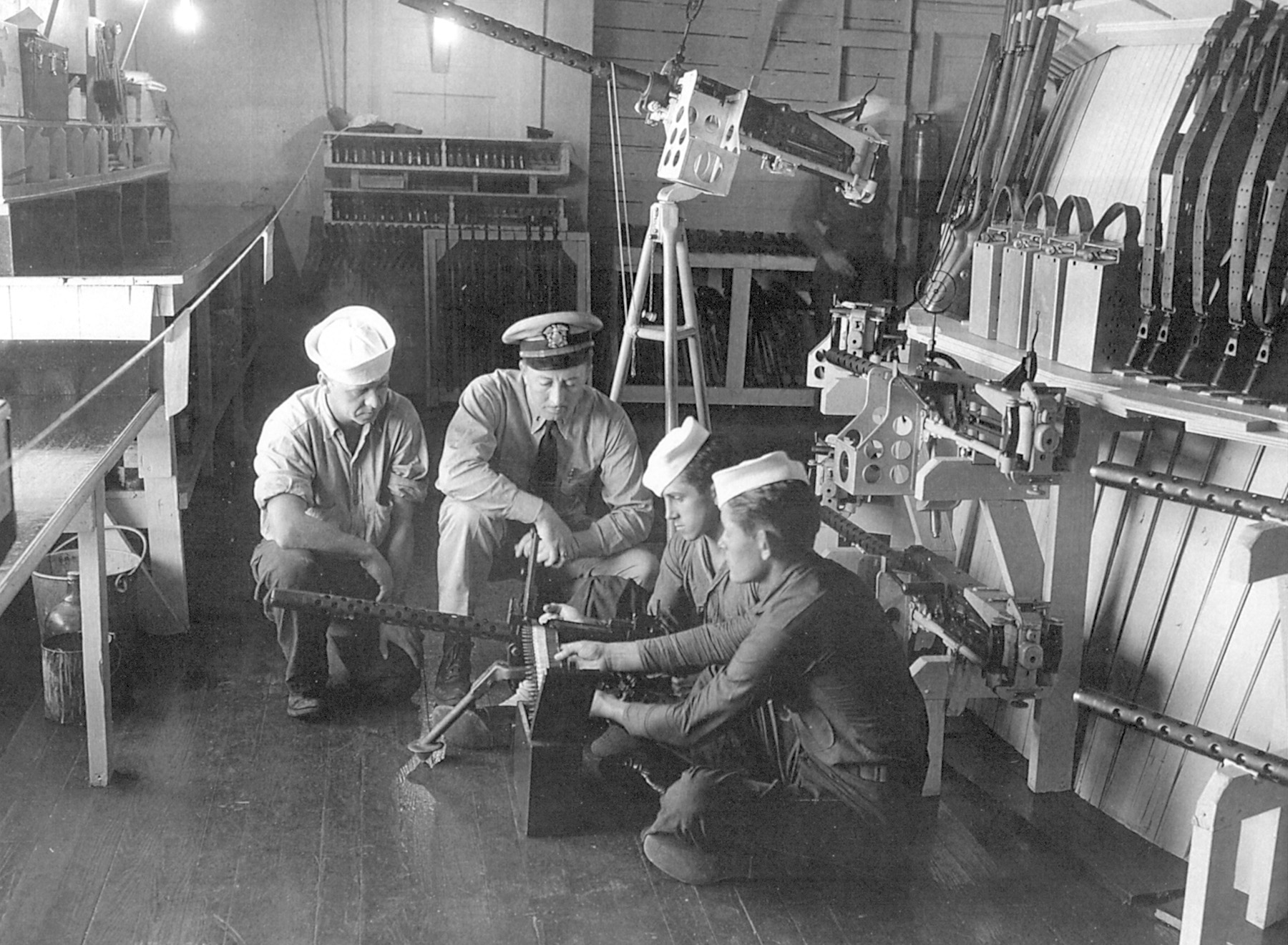
Intense and Specialized Training
After S&R Class #3 graduated in May 1943 the school was ordered to extend the initial eight-week training to 12 weeks, the extra month to be devoted to demolitions training. In addition, ATB Ft. Pierce became the focal point for special amphibious training for units from the U.S. Army’s Darby’s Ranger Battalions, France’s Free French Forces, and Norway’s Royal Norwegian Air Force. And in July 1943 the new Navy Combat Demolition Units (NCDUs), precursor of the Underwater Demolition Teams (UDTs), arrived and established their own shorter training program alongside the S&Rs.
The Navy then set up an advanced S&R training base at Port aux Poules, Tunisia, with the Army and Navy Torch veterans and others from Ft. Pierce. One group decamped in Malta to train with the British 4 Commando and other Allied counterpart units, working on night exercises, launching kayaks from the decks of submarines and paddling them in to reconnoiter target beaches. At Port aux Poules the S&Rs trained with the 1st and 4th Darby’s Ranger Battalions. There and at Bizerte, Tunisia, they improved their beach reconnaissance effectiveness and began using swimmer Scouts. These wound up guiding Darby’s Ranger Battalions into landings at Gela and Licata on Sicily.
Following successful landings at Salerno, the S&Rs moved up the boot of Italy with the Allied forces for the next objective at Anzio. Advance intelligence data from aerial photos and submarine periscope observations were good, but more detailed data was needed to verify the information concerning probable shoals and sandbars. S&Rs used PT boats and kayaks to check them out. Three weeks later they successfully guided Army Rangers ashore.
Since late 1943, the Allied amphibious forces had been gearing up for Operation Overlord, the invasion at Normandy. Sixteen Amphibious Bases and Landing Craft & Repair Bases were set up along England’s southern coast. In December 1943, several S&R officers, including Lieutentant Phil Bucklew, one of the first 10 volunteers for Scouts and Raiders training at Little Creek, arrived at Falmouth to begin planning for reconnaissance of the Normandy landing sites.
At the Advanced Amphibious Training Base at Fowey, England, the S&R crews were called on to help train NCDUs in underwater obstacle location and to work with heavy demolitions to blow up the replicas of beach obstacles used by the Germans.
The first critical task undertaken by the S&R team was to cross the Channel and clandestinely obtain samples of sand from the proposed landing beaches. The rise and fall of the tide there created up to a hundred feet in width of loose bottom at low tide. Analyzed samples would determine if matting or other materials would be required for getting tanks and other heavy vehicles onto the beaches. A number of these crossings were made, often taking heavy fire from shore. Arriving in small landing craft or kayaks, the teams sometimes lay in the water in the surf, timing the German sentries along the beach, so they could crawl ashore to complete their tasks.
Heavy Casualties for the NCDUs
On June 5, Scout boats were the first to be launched across the Channel. They navigated to locations a few hundred yards offshore to guide the first waves of the landing forces. NCDUs went in to clear obstacles. The S&R scout boats were now equipped with .50-caliber machine guns mounted amidships, giving them an opportunity to cover the shorelines as the landings began. The NCDUs took heavy casualties before they could clear the obstacles. The scout boats shuttled back and forth, under heavy fire, trying to rescue the survivors.
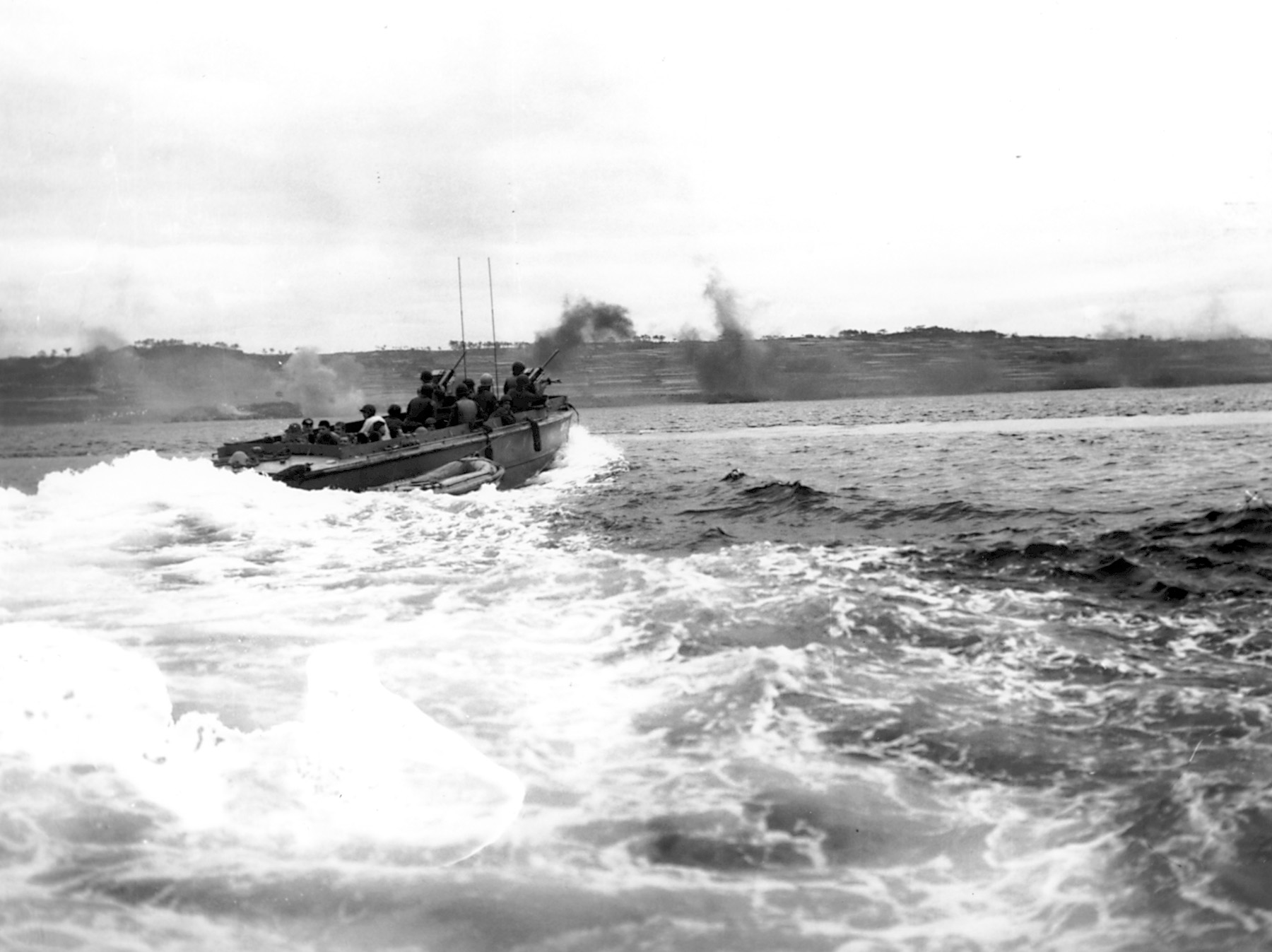
The S&R teams continued to get a broadening range of assignments. They trained French Commandos for amphibious landings on Elba, Italy, scouted potential beaches for landing sites, and escorted the landing parties ashore. They conducted night operations on the Yugoslav Adriatic coast to rescue airmen who had been assisted by partisans in evading the Germans. Another mission was landing a force of commandos and partisans, plus a contingent of Office of Strategic Services (OSS) Special Reconnaissance personnel, on the island of Solta, Yugoslavia.
The next big landing, named Anvil-Dragoon, was planned in southern France for August 15. As with previous operations, this one expanded the S&R experience and applications. S&Rs trained and escorted Army Devil’s Brigade troops ashore at Levant and Port Cross Islands to take out German 6-inch gun batteries that commanded the Anvil-Dragoon beaches. S&Rs led several French commando forces ashore to block roads to and from the beaches. They then directed in the landing waves of the full beach assaults. Following Anvil-Dragoon, the Mediterranean S&R crews were ordered back to ATB Ft. Pierce, some to be reassigned to the Far East.
In April 1944 a new “Transport Doctrine, Amphibious Forces, U.S. Pacific Fleet” called for 125 officers and reduced crews to fulfill a Transport Scout Intelligence function. This changed the S&R crew’s roles from the European operations of scout boat functions. Classes #6 through #8 trained officers and men for the new mission. Class #8 was all officers, one of which was Ensign Richard Lyon who, after his service with the S&Rs in WWII, went on to become Rear Admiral Lyon, the first designated Special Warfare flag officer (Admiral, SEAL Teams) in U.S. history. The Class #8 graduates were sent to Advanced Naval Intelligence School in New York City, then to the Amphibious Training Base in Coronado, Calif., for further demolitions training.
A Permanent Underwater Demolitions Team
But with the changing plans of war, the intended use of these S&R Officers did not reach fruition. The November 1943 landing on island of Tarawa in the Pacific had grimly illustrated the need for pre-assault reconnaissance. Marines landing on the atoll were either drowned or made easy targets for the Japanese when their landing craft hit hidden reefs. Planners recommended to the Chief of Naval Operations that Underwater Demolition Teams be formed permanently, with six teams assigned to the Central Pacific and three to the South Pacific, and that a training location be established in Hawaii. Initially this meant combining the existing, smaller Naval Combat Demolition Units. The Navy also tapped into the S&R resources.
Beginning in November 1944, the majority of Class #6’s 25 officers joined the Underwater Demolition Teams and took further training at the Naval Combat Demolition Training and Experimental Base at Maui. UDT personnel were familiar with the S&Rs because of their similar work. Some of them had trained together at Ft. Pierce, and some had worked together before. Also, some existing S&R crews began functioning in parallel to the UDTs to accomplish the same beach demolition functions.
In the southwest Pacific, meanwhile, MacArthur’s forces had been carrying out amphibious assaults, including the landing in New Guinea in September 1943 by the 9th Australian Division. The 9th had established a new unit, the top-secret Amphibious Scouts, for advanced intelligence gathering. It included various services volunteers as well as Australian Coast Watchers. It was, in every respect except in name, Scouts and Raiders. In fact, when the original members of this group returned to the States, trained S&R personnel replaced them.
The first Amphibious Scouts’ tasks, in preparation for landing at various places on New Guinea, included being dropped offshore by PT boat, and slipping ashore in rubber boats to gather intelligence on Japanese installations and movements. By July 1944 MacArthur’s troops had made 11 landings on New Guinea, the last of these at Sansapor. In his book, MacArthur’s Amphibious Navy, Admiral Barbey calls Sansapor “the most thoroughly reconnoitered landing ever in the SWPA (South-West Pacific Area).”
For landings at the heavily mined Leyte Gulf, Philippines, Scout officers sneaked ashore to set up navigation lights, first for guiding minesweepers several days before the landings and later for the actual landing craft. At Panay in west-central Philippines, one Scout team went ashore from PT boats to do beach reconnaissance and depth soundings before the landings. Another Scout group prepared the way for landings on southern Luzon. This team went ashore to meet with an Army officer and a band of Filipino guerrillas. They gathered information on nine Japanese coastal defense guns, seven of which the Air Force was able to knock out before the landings.
Okinawa was the largest amphibious undertaking in the Pacific theater, and the toughest. S&Rs worked as and with UDTs, Scout Intelligence Officers, Beachmasters, and Control Officers. The S&Rs and UDTs were taken to within a thousand yards of the beaches, where they slipped into the water and swam shoreward to gather beach intelligence, often under enemy fire. They then swam back out and were picked up in the reverse procedure by the landing craft. This became the standard mode of advanced reconnaissance. The men then prepared maps of the shorelines and the reef floors, and then briefed the Amphibious Forces Intelligence staffs aboard ship. Returning later with the same “drop-and-pickup” methods, they blew up beach obstacles.
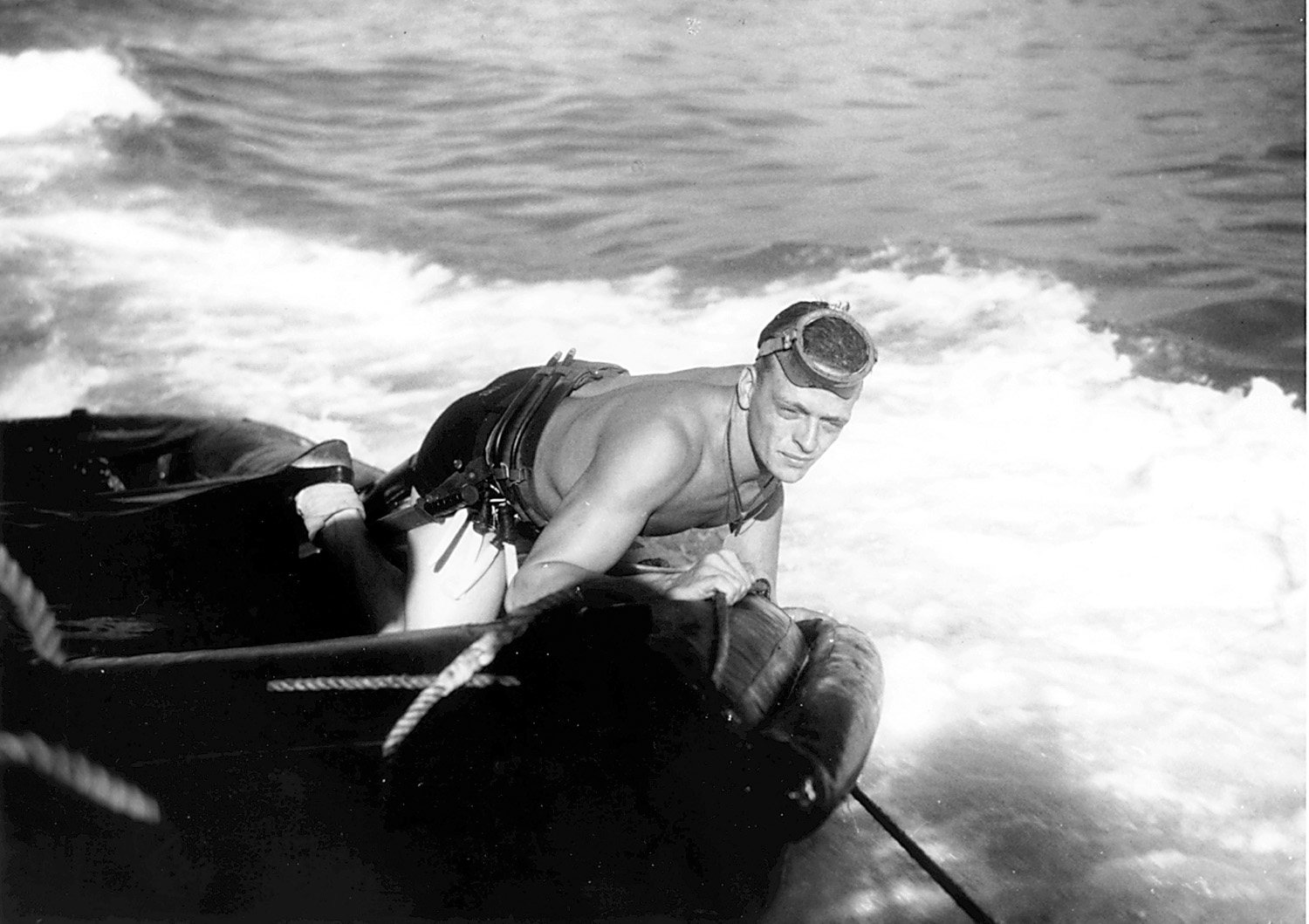
Trained in Judo, Wrestling, Boxing, Weapons, and Sabotage
On March 1, 1945 the Ft. Pierce school was renamed Amphibious Scout School. It also had a new challenge—to train men for a reshaped S&R role known as Amphibious Roger. The phrase came from the phrase “Jolly Roger,” a piratical term, the word Roger standing for “raider.” Amphibious Roger personnel were trained for guerrilla warfare and raiding operations in China. The training was essentially the basic S&R course, but with extra emphasis on demolition and inland reconnaissance. Added were classes in Chinese culture and language, and more hand-to-hand combat, judo, boxing, and wrestling as well as additional weapons and sabotage work.
One of the key elements of the war in China was SACO, the Sino-American Cooperative Organization agreement signed by the Chinese and the United States on April 1, 1943. Under the terms of the Agreement, the United States was to train guerrillas, intelligence agents, weather groups, saboteurs, and raiding squads to set up weather, radio, and radio-intercept stations using American equipment and mostly Chinese personnel.
The S&R coastal intelligence-gathering experience, which began in China with SACO in 1945, lent itself well to hydrographic and shoreline surveillance and mapping. But here, because of the high density of Japanese patrols and the safety concerns regarding submarine operations in uncharted waters, the missions were often conducted over land. A few S&R officers were pulled out of Class #6 in July 1944 and were sent to train Chinese guerrillas at a camp in Teng Feng, China. Others followed from Ft. Pierce and the Mediterranean.
S&R officers staffed a number of SACO camps in interior China. They made reconnaissance missions to determine landing accessibility along the lower China coast. They also harassed and fought running battles with the Japanese. They rescued 20 downed pilots. In one mission, dubbed Operation Swordfish, an S&R team sunk a Japanese freighter in Amoy Harbor. They were so effective that at one time the Japanese offered a bounty of $1,000 in gold to any Chinese person who turned in an S&R.
From S&R to SEALS
Amphibious Roger Class #4 was the last group to graduate from ATB Ft. Pierce. Class #5 began its training in June 1945. A contingent from that class had been taken to Ft. Bragg, NC, for airborne training, but the end of the war canceled it. The new training would have given the S&Rs a sea, air, and land capability. One of the members of that class was Rudolph E. Boesch, who went on to become the longest-serving enlisted man in the Navy at over 45 years, and the longest serving SEAL. At the time, there were over four hundred officers and enlisted men in Amphibious Roger duties.
When WWII ended, many of the S&Rs who remained in the Navy were transferred back into the fleet. As the first Naval Special Warfare commandos, they had pioneered a wide range of tactics and techniques of amphibious reconnaissance and intelligence gathering. This knowledge fortunately was carried along to the UDTs serving in the Korean War, and later the UDTs and SEALS for other theaters of operation.
In November 1985 the UDT-SEAL Museum was commissioned at Ft. Pierce to commemorate the many years of service of the frogmen and SEALs. As Navy files were declassified, and the background history of the UDT and SEALs was uncovered, the importance of the Scouts and Raiders to the heritage of Naval Special Warfare was realized. Although disbanded after the war, their lineal descendants, the U.S. Navy SEALs, and other special warfare personnel gathered at the Naval Amphibious Base Coronado, Calif., on January 21, 1987 to honor Captain Phil Bucklew, USNR Ret., a legendary Scout and Raider officer, by naming the Center for Naval Special Warfare after him. And in November 1989 the UDT-SEAL museum at Ft. Pierce chose to include the Scouts and Raiders as part of their Naval Special Warfare historical record.
Bud Hyland is a former member of the Navy’s Underwater Demolition Team 12, and of the UDT-SEAL reserve.
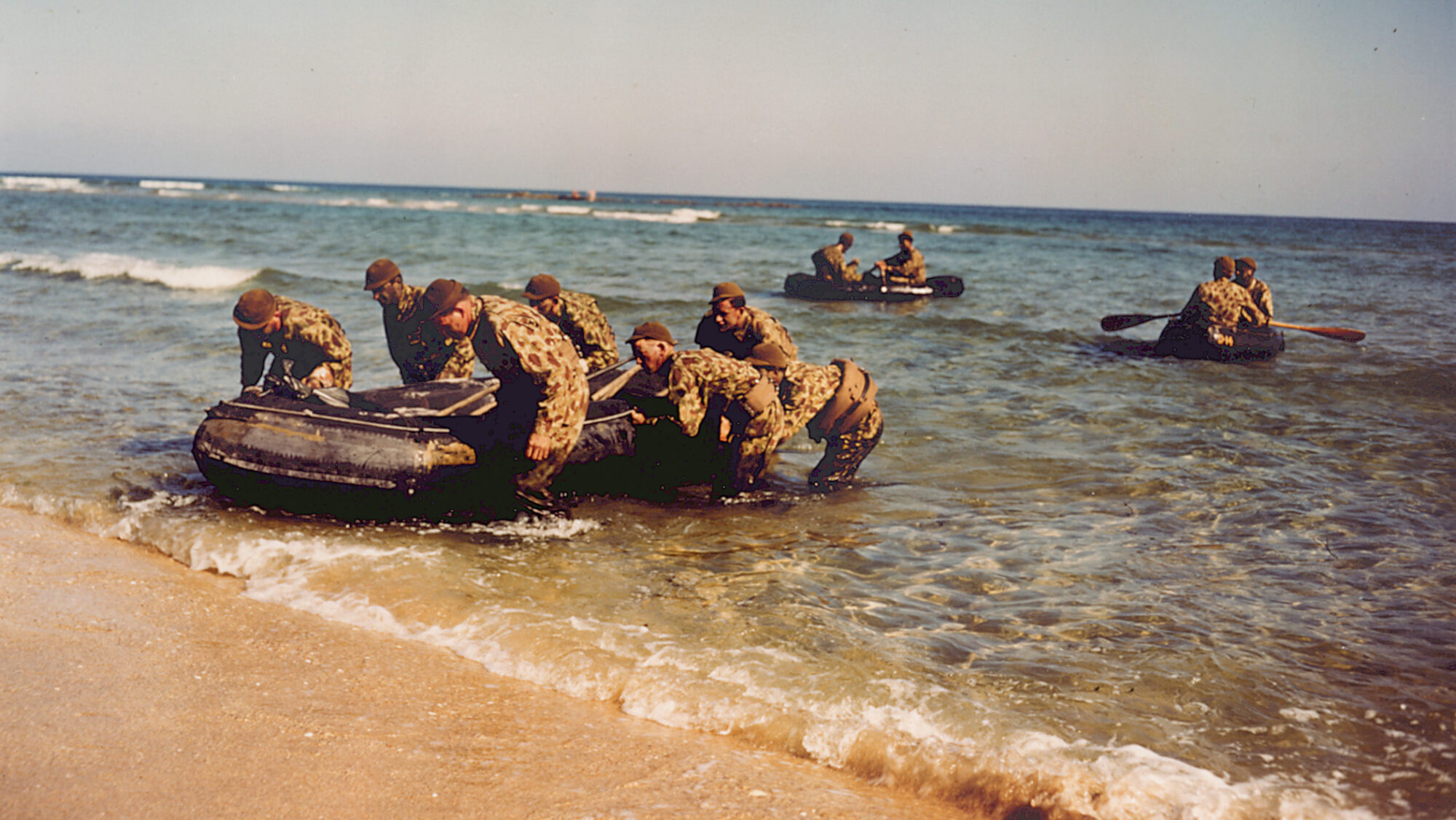
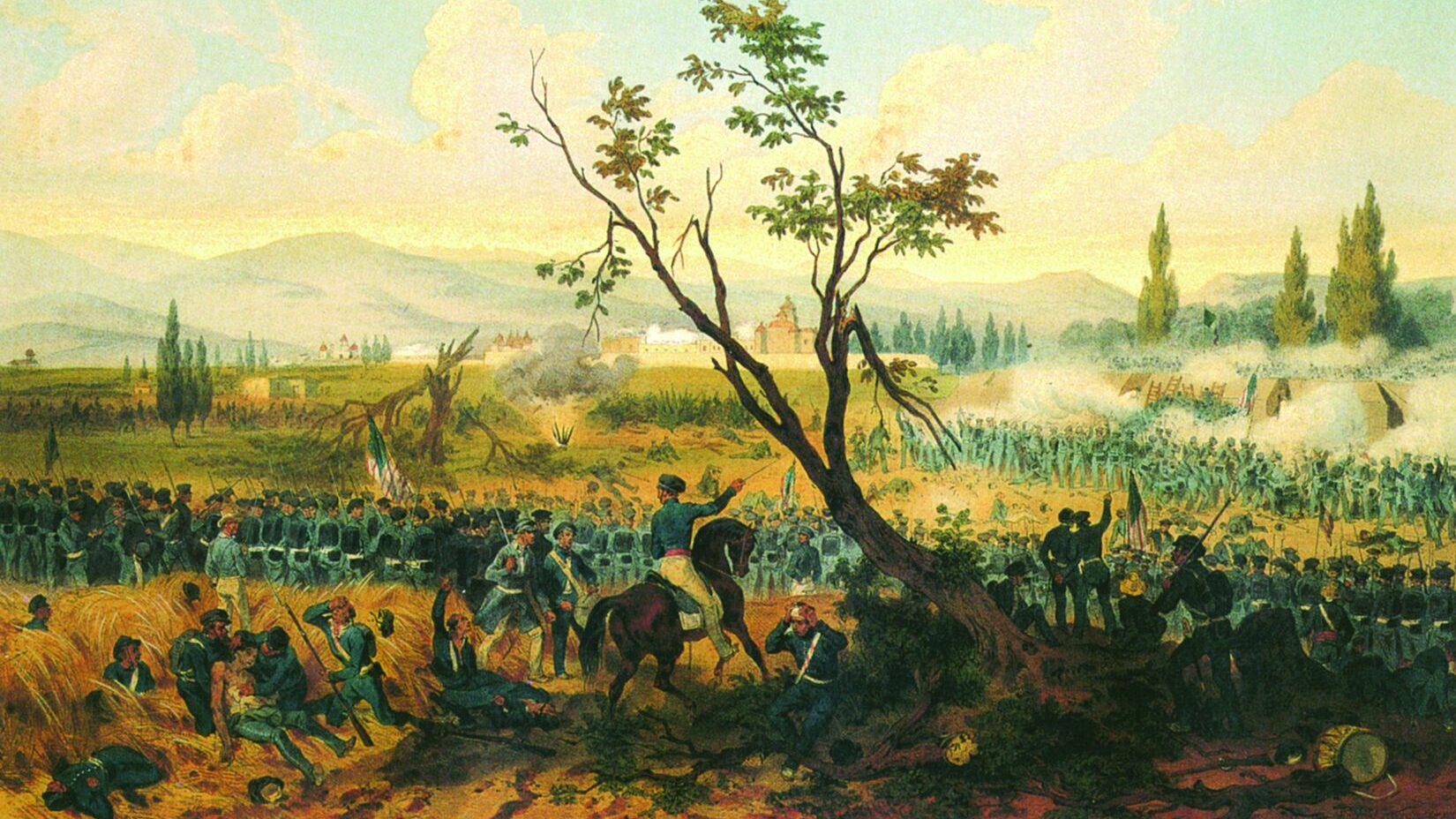
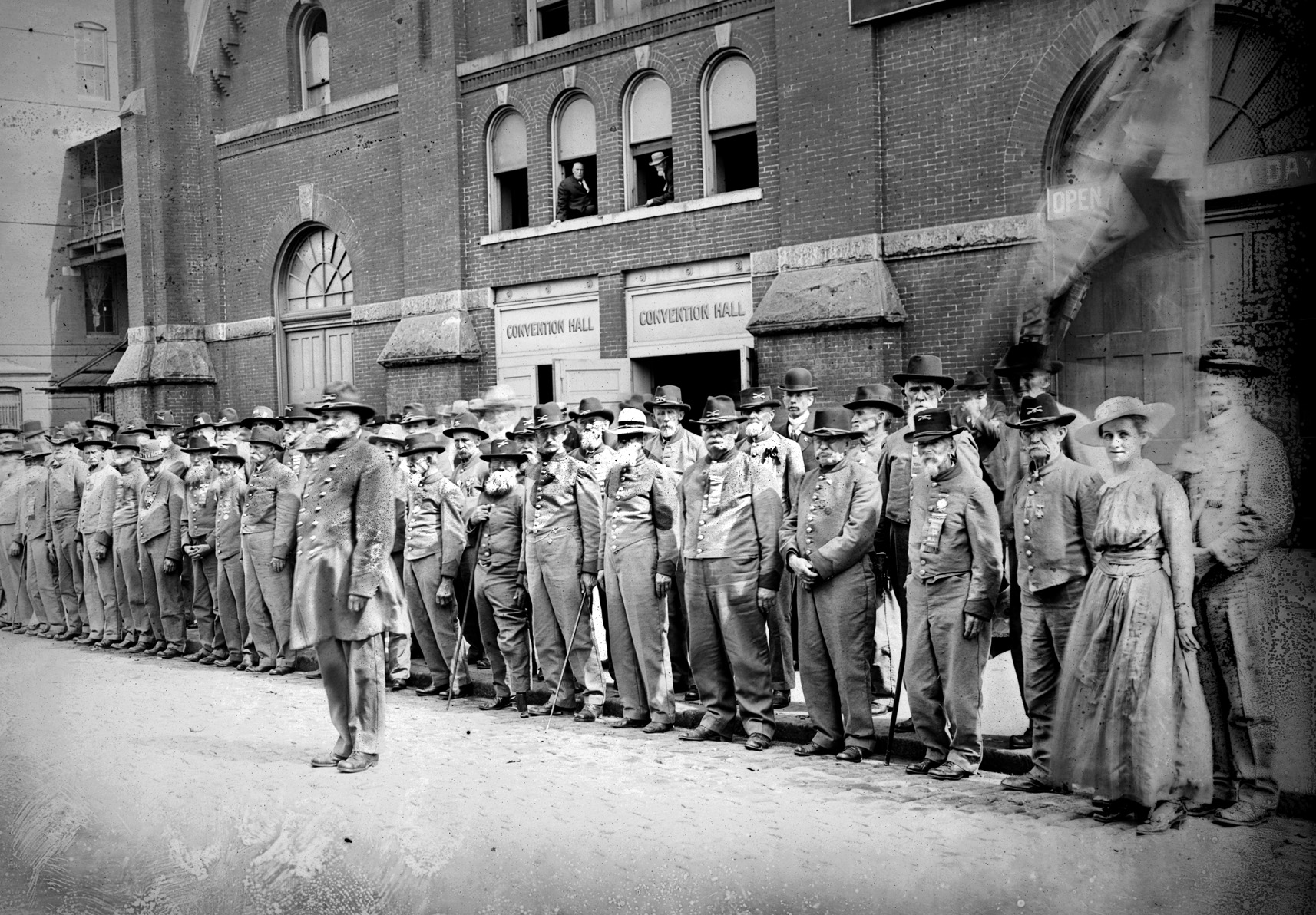
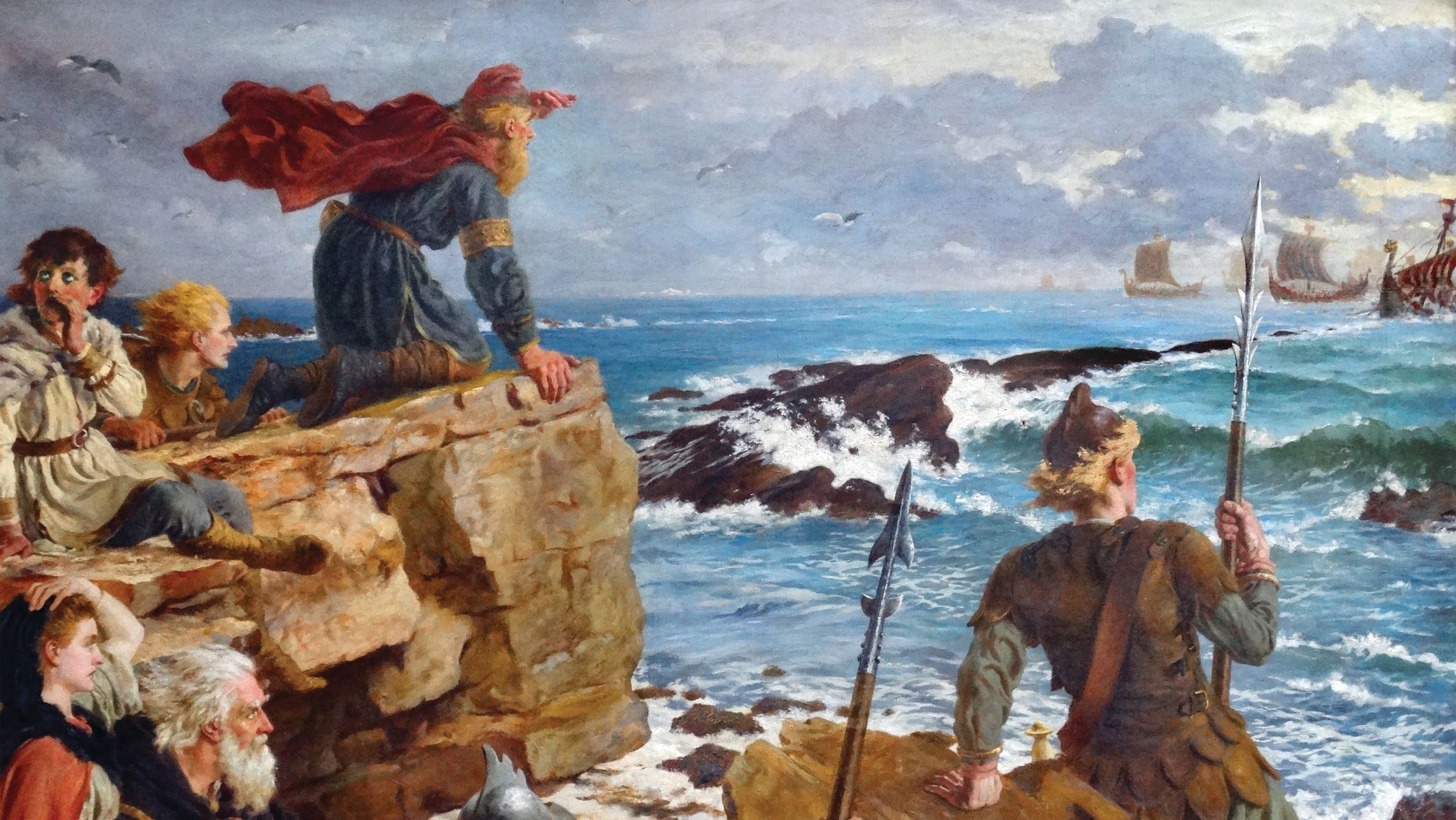
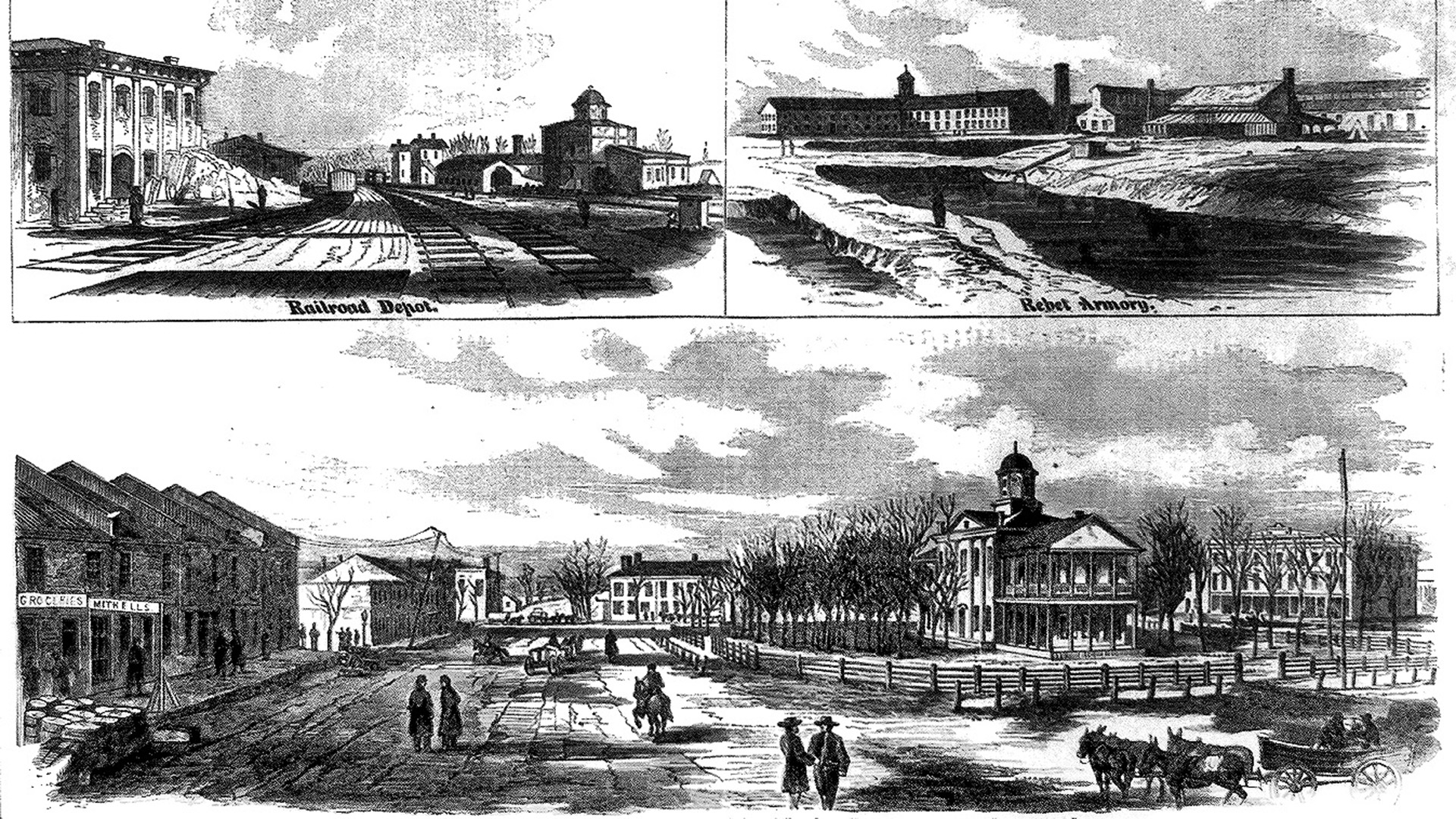
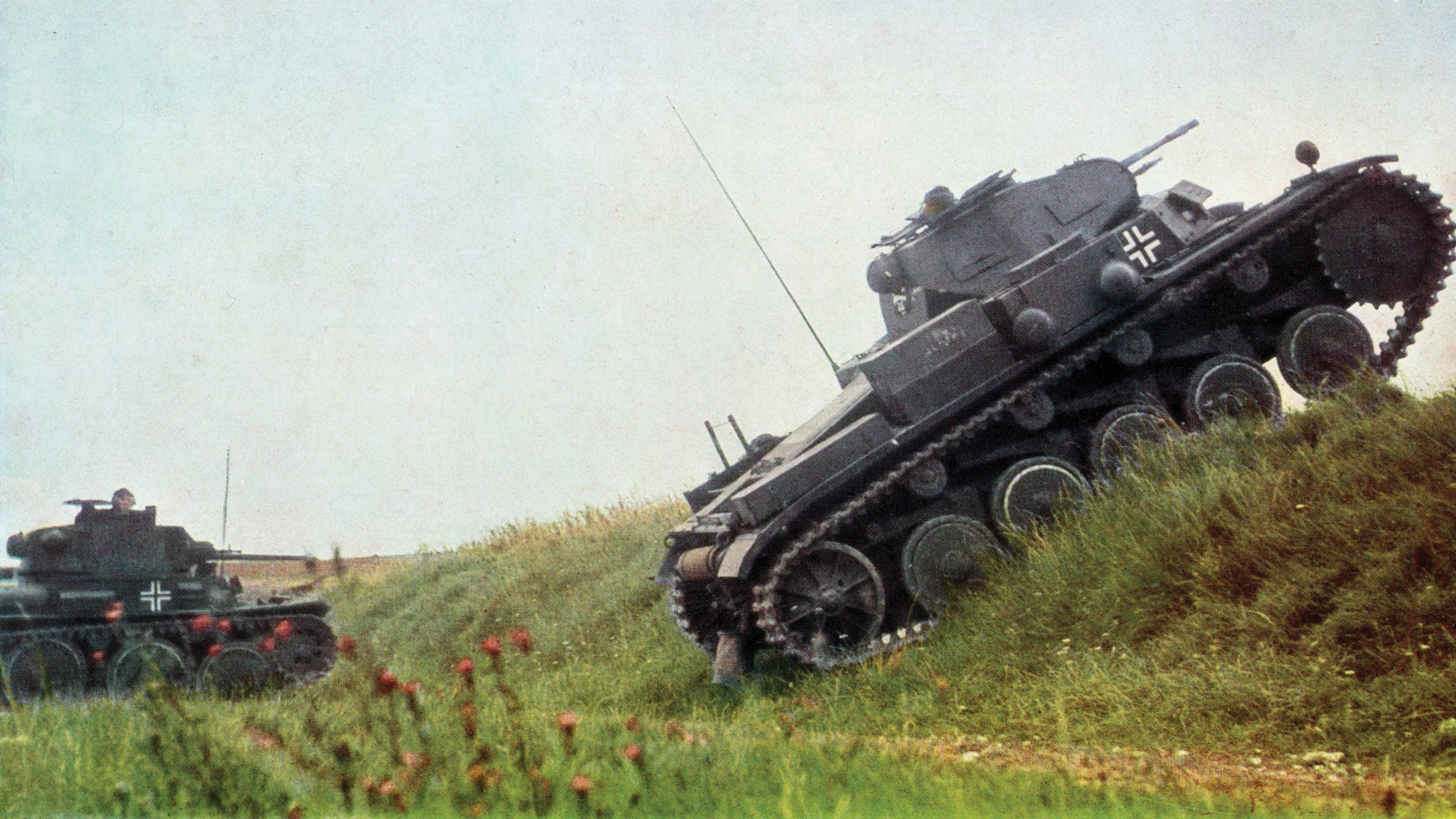
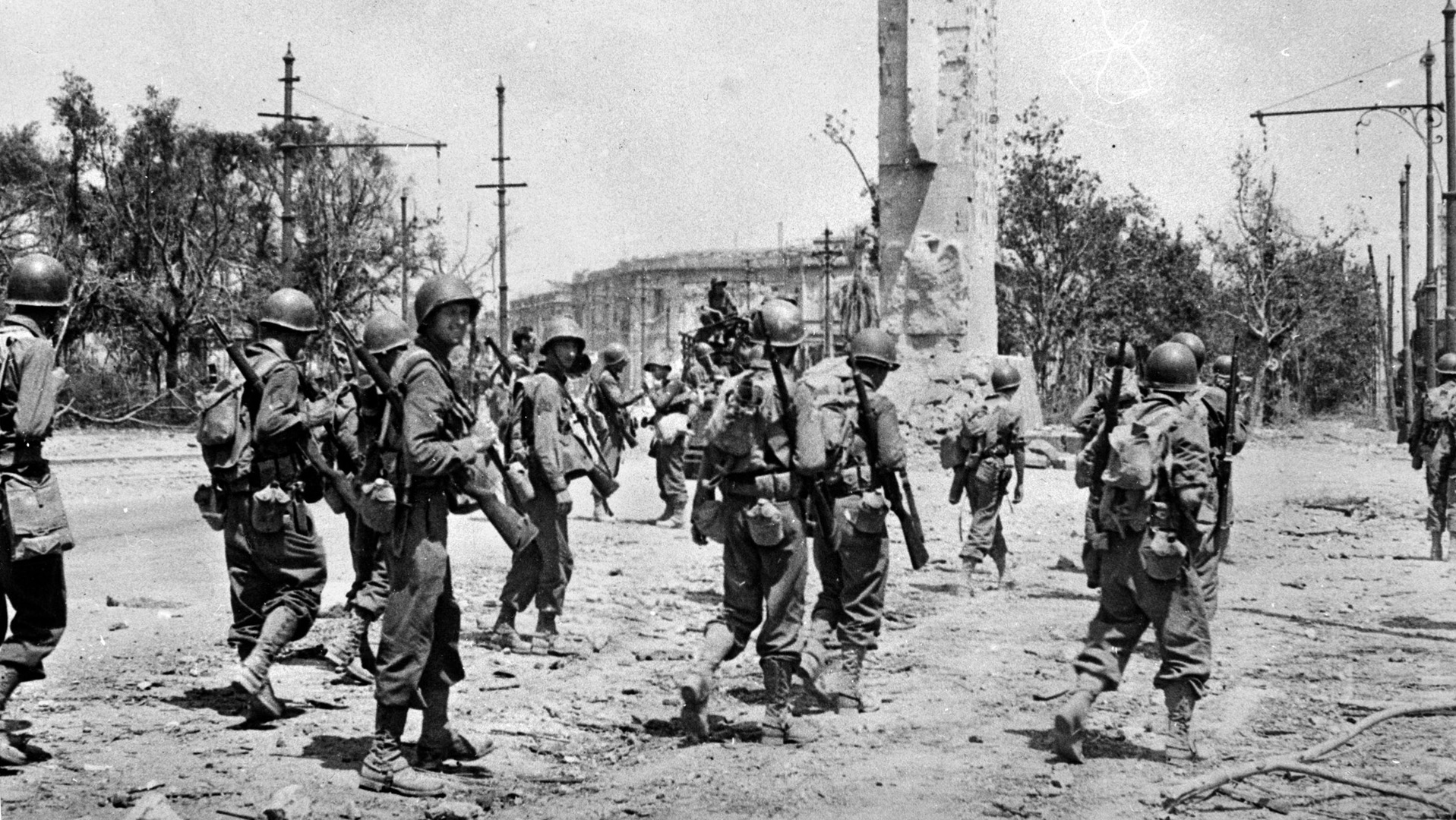

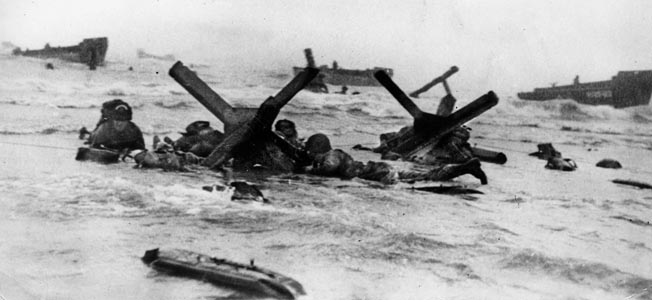
Join The Conversation
Comments
View All Comments